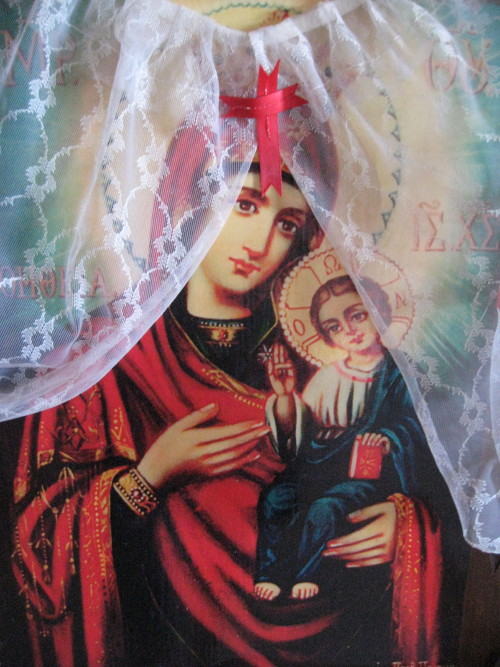 Photos: Maxette & Malte Olsson
Photos: Maxette & Malte Olsson
Cyprus, officially the Republic of Cyprus with an area of 9,250 sq km and 792,604 people, is a Eurasian island country situated in the eastern Mediterranean south of Turkey, west of Lebanon, Syria, and Israel, north of Egypt, and east of Greece.
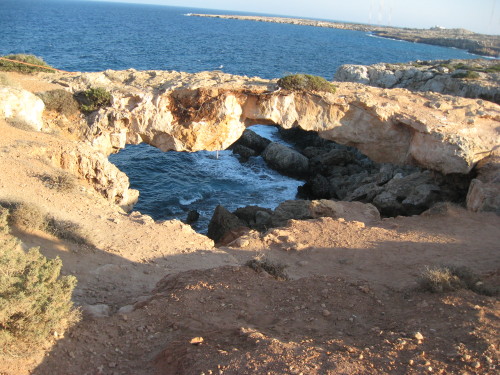 Photos: Maxette & Malte Olsson
Photos: Maxette & Malte Olsson
With a climate temperate with hot, dry summers and cool winters, Cyprus is the third largest Mediterranean island and one of the most popular tourist destinations, attracting over 2.4 million tourists per year. A former British colony, it gained independence from the United Kingdom in 1960 and became a Commonwealth republic in 1961. The Republic of Cyprus is a developed country and has been a member of the European Union since 1 May 2004. It adopted the Euro on 1 January 2008.
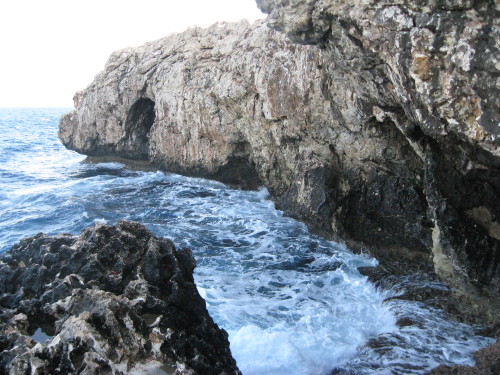 Photos: Maxette & Malte Olsson
Photos: Maxette & Malte Olsson
Cyprus is the most friendly and welcoming people in the world. They are so welcoming that the Cypriotes in their own country are nearly less than the foreigners. I am very proud to say that I have friends in Cyprus. They are so warmhearted. Being with them is being alive. I want to share with you my magical Cyprus and my friends Michalis Fafourtis, Cristina Domsa, Maria Fafourtis, Maria Phasaria, Elias, Joseph, Andreas Bouassi.... See the pictures and read!
Aphrodite, Goddess of Love
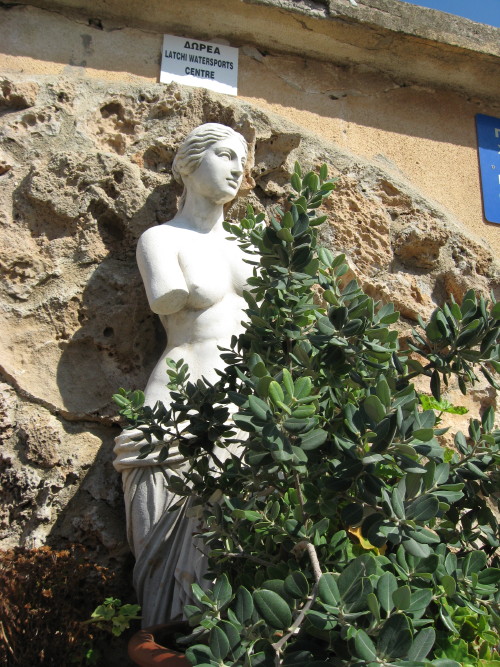 Photos: Maxette & Malte Olsson
Photos: Maxette & Malte Olsson
But first of all, Cyprus is the mythical birthplace of Aphrodite, Adonis and Pygmalion. In Greek mythology, Aphrodite is the goddess of love, beauty, passion, romance, luck, sexuality, fertility and pleasure. When Uranus the father of the gods was emasculated by his son Cronus, Cronus threw the genitals into the ocean. The sea began to bubble up and foam. From this sea foam, which means aphros in Greek, appears Aphrodite. She rides a conch that carried her to Cyprus. Look at the magic place!
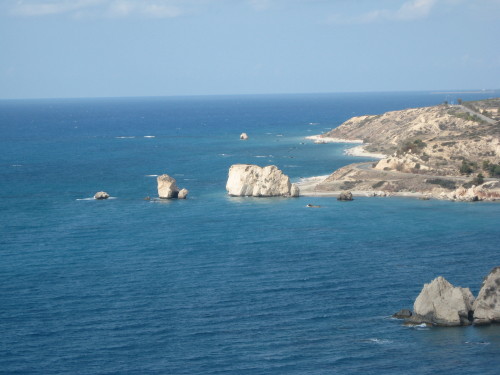 Photos: Maxette &
Malte Olsson
Photos: Maxette &
Malte Olsson
After her birth from the sea, Zeus married her to the smith god Hephaestus, the steadiest of the gods. She loved gaiety and glamour, was loved by many gods and mortals and was not at all pleased at being the wife of Hephaestus. Among her mortal lovers, the most famous was Adonis. Some of her sons are Eros, Anteros, Hymenaios, Aeneas and Hermaphrodite who was her son with Hermès. Her first cult was in Paphos, where she used to sojourn in Cyprus. Look at the picture! The wonderful with mythology is that it is reel.
 Photos: Maxette &
Malte Olsson
Photos: Maxette &
Malte Olsson
Aphrodites symbols are dolphin, dove, swan, roses, Copper, pomegranate, turquoise, lime tree and sandalwood.
One of the recept of the Goddess:
To attract love, put in your hot bath 3 drops of rose water, three drops of rose-scented oil, petals of three red roses and some grains of one pomegranate. Light three candles essential oil scented-sandalwood and when you step in the bath say:
"I am aphrodisiac. I attract love by being in contact with the loving-God in everybody on this planet. I am Aphrodi-siac!" and feel the presens of the Goddess of love. Aphrodite.
In Roman mythology she is the Venus.
Saint Thecla
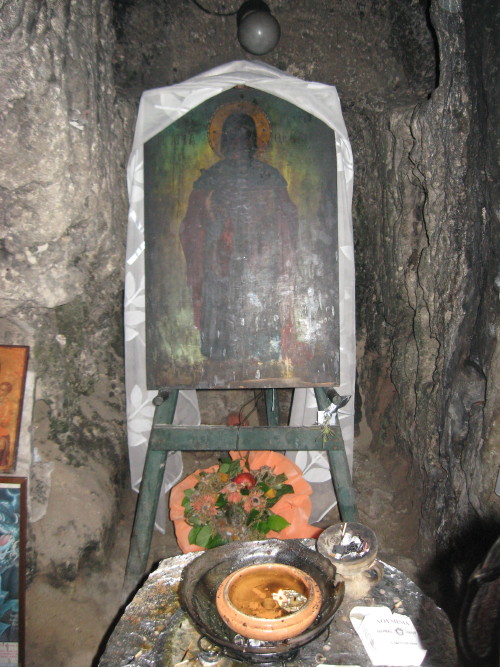 Photos: Maxette &
Malte Olsson
Photos: Maxette &
Malte Olsson
2000 years ago Saint Thecla was a young virgin girl who lived in Iconium and was engaged to Thamyris when she was converted to Christianity after hearing Paul preaching asceticism. After her conversion she break her betrothal and stayed in celibacy. The deceived fiancé Thamyris, reported Paul for teaching one God to the Governor. When Paul was imprisoned, Thecla bribes the prison guards in order to visit him in prison. Both of them when discovered were punished. Paul to be whipped and banished from the city of Iconium and Thecla to be burned at a stake. When they were going to burn her, a storm miraculously extinguished the flames. Impressed, the torturer let her go.
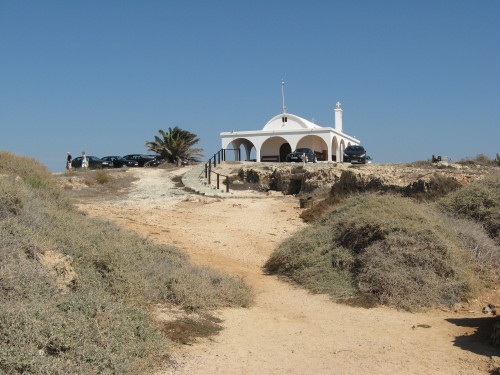 Photos: Maxette
& Malte Olsson
Photos: Maxette
& Malte Olsson
She followed Paul to Pisidian Antioch where a noble man Alexander falls in love with her. She refused his advances and Alexander as revenge brought her before the roman Governor with the accusation to be Christian which at this epoch was a felony. They charged her for sacrilege. She was condemned to be thrown to wild beasts and venomous snakes, which instead of killing her licked her feet. Confuse by those miracles, the authority released her again. She rejoined Paul in Antioch and then she returned to Iconium where she wanted to convert her mother Theoclia to Christianity. She didn´t succeed so she then settled down in Seleucia and continued her Christianity teaching, subsisting only on herbs and water and performing miracles of healing. Some envious physicians send a gang of youth to attack her, but a rock miraculously opened to provide her escape. Later she went to Rome to meet Paul but he had passed away. She stayed in Rome and died there in the age of ninety and was buried near Paul's grave. In the Roman Catholic, Thecla is celebrated on the 23 September, in The Orthodox churches on the 24 September.
She is mentioned in material and religious culture in Asia Minor, Armenia, Cyprus, North Africa, France, Germany, Italy, Palestine, and Egypt.
Look at the pictures of Thecla, her little church in Cyprus and the cave.
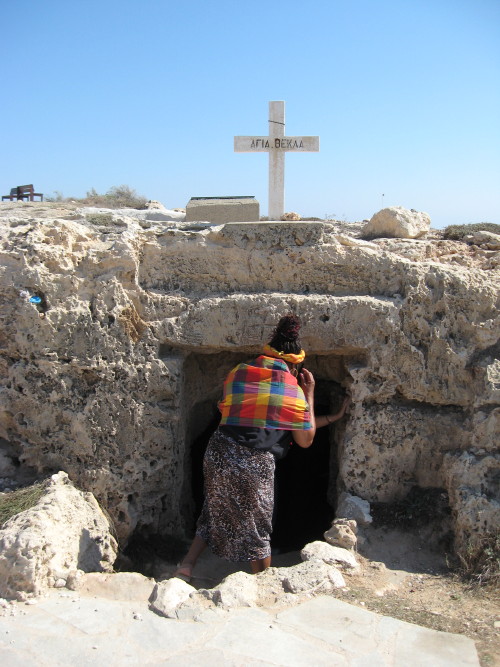 Photos: Maxette &
Malte Olsson
Photos: Maxette &
Malte Olsson
The healers Cosmas and Damian
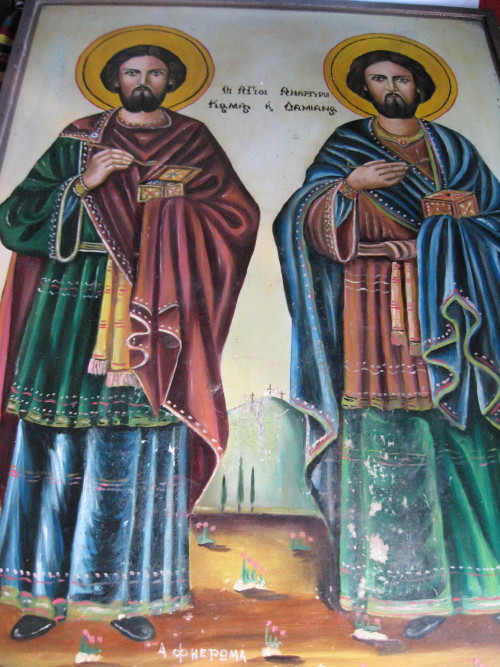 Photos:
Maxette & Malte Olsson
Photos:
Maxette & Malte Olsson
In the third century, Cosmas and Damian were twins, the first children born in a family of seven boys in Cilicia known as Arabia. After studied medicine they happily understood that healing was god's gift so they devoted themselves to heal everybody rich and poor alike. They cured and healed, without accepting any payment for their medical services. "The Silver-less Ones" was their title. Their most famous miraculous exploit was the grafting of a leg from a deceased man to replace a patient's ulcered leg. Their generosity and popularity stirred up enviousness. Two fellow jealous doctors accused them of being Christians. The prefect of Cilicia tried them in a court of Caesar's and sentenced them to death by torture.
 Photos: Maxette
& Malte Olsson
Photos: Maxette
& Malte Olsson
The first torture was being cast into the sea with both hands and feet bound. A miracle occurred and untied them, and they could swim on land. Their second time they were sentences to be burn at a stake. A second miracle takes place: the flames failed to burn them. The third torture was flagellation. A third miracle happened: The whips would not hit their marks.
The authority ask them to renounce their Christian faith, Saints Cosmas & Damian refused and were decapitated the 27 of September 27 in the year 287.
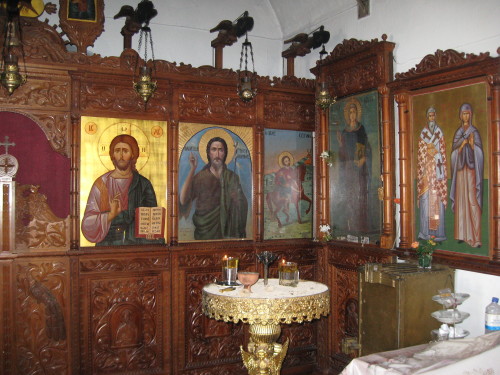 Photos: Maxette &
Malte Olsson
Photos: Maxette &
Malte Olsson
Saints Cosmas & Damian are today the patrons of the city of Gaeta in Italy and also of course the patrons of physicians and surgeons. They are the subject of many paintings and illuminations.
There is the Basilica of Cosmas and Damian in Rome. In Igarassu, Pernambuco Saint Cosmas and Damian Church, is Brazil's oldest church, built in 1535.
Here you can see them in a beautiful little church very visited in Cyprus.
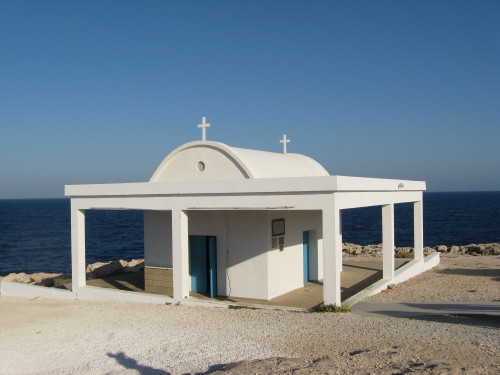 Photos:
Maxette & Malte Olsson
Photos:
Maxette & Malte Olsson
Pray is to speak quietly and sincerely with God in ourselves. Pray to Saint Cosmas and Damian:
Saints Cosmas and Damian, you gave your lives for the love of God, benefiting your fellow man with an open and loyal profession of your faith. You taught us to love God above all things, and to love our fellow man as ourselves, professing always, and without fear, the religion of Jesus.
Augmenting amongst the faithful populace many miracles, you are glorious indeed. Through your intercession, which brings about deliverance of these miracles, we pray to you for your aid in all things. May your patronage never be far from our body and our soul. Oh great protectors, Saints Cosmas & Damian, assist us with your love and free us.
Amen
 Photos: Maxette &
Malte Olsson
Photos: Maxette &
Malte Olsson
Bibliographies: Main article: Acts of Paul and Thecla : translated probably by Jeremiah Jones, (1693-1724)
Wikipedia, the free encyclopedia